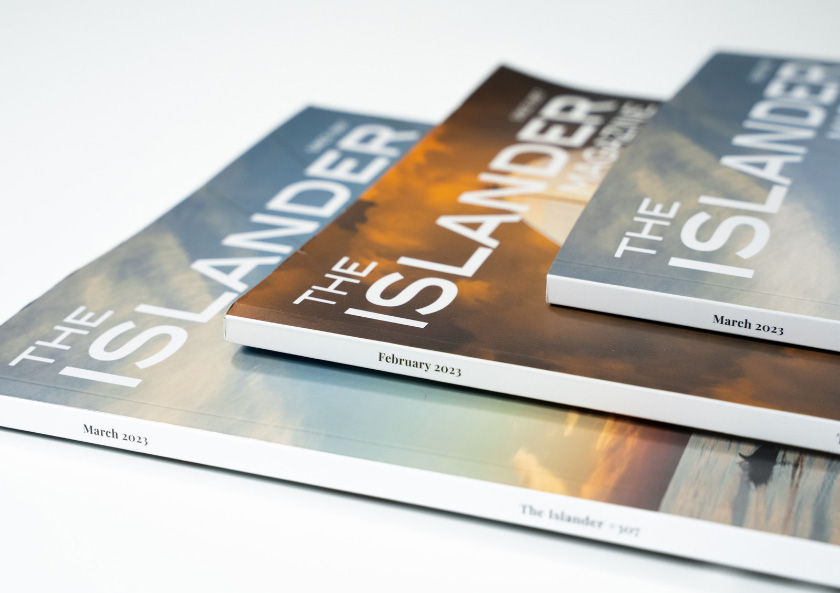Going aloft is serious business, the tallest masts in the world are in excess of 90 meters. You’ll get an awesome photo for Instagram up there, but are you safe? If stringent, fully considered working practices are in place then the risks can be mitigated.
What can go wrong?
- The knot could come untied
- The line could fail
- The winch could malfunction
- The pulleys could break
- The bosun’s chain could let you down
- The crew at deck level could blunder
In my opinion the above provides too many weak links in the procedure. I’m looking at this from a worst case scenario rather than a point of view of what will “probably be okay”.
My first experience going aloft on a sailing yacht was ten years ago. It was a small cruising yacht, during an offshore race from Dubai to Muscat. It was 2am and I was awoken by the skipper with a cup of strong coffee. I made my way on deck and was asked to go up to free a tangled halyard. I felt safe in the hands of this skipper, carried out my duties and returned to deck. It was at this time I admitted I had a fear of heights.
Over the years I have sent a fair number of people up masts and have always stuck to a stringent procedure which I believe has minimal risk. The people I’ve sent up have either generally been loved ones and paying clients on commercial boats. I think the implications of either is much the same. Not only could it be life changing for all involved if it were to go wrong but also as the master I’d expect nothing short of a manslaughter charge if the worst was to happen.
So what techniques do I use to ensure it’s done safely?
- Top priority is NEVER GO UP ON A SINGLE LINE.
This is something few people seem to follow. My belief is, if you are only attached with a single line, the risks are massively increased. An additional line reduces the chances of something going wrong. People often make the argument that rock climbers only use one line. This is true, however climbing ropes are given a great deal of care compared to halyards which spend a lot of time in the sun and the lines on a yacht are under so much pressure compared to the weight of a climber. In addition, the wear on pulleys and blocks is hard to inspect because much of the line is hidden in the mast. For this reason I feel the only safe option is to have a second line fed through separate pulleys and winches.
- Use the right knot.
Again comparing practices on yachts to that of amateur and professional climbers. The bowline is never used in climbing as there is some risk of it becoming untied. Most climbers use a double eight knot with an additional over hand knot at the end for further security. To tie this knot you make a loose figure of eight a couple of metres from the end of the line, pass it through your harness and then follow the route of the eight with the tail. This is regarded as the safest option by climbers.
- Have adequate numbers on deck
When training crew on small yachts to send someone aloft, I always ensure there are two people to handle each line. That way if someone was to slip or let go of the line there is always someone else tailing it. This is preferable to self-tailors which could fail.
- Proper training
The master of the vessel should have written procedures for going aloft and ensure crew fully understand. It is also important to supervise new crew and ensure these procedures are being followed and no shortcuts are being taken.
- Check each other’s lines
Having a practice of checking each other’s lines help reduce the risk of mistakes being made.
- Service gear
Regularly check all equipment that is used including winches, lines, blocks harnesses and chairs. Mechanical equipment will need a servicing and maintenance schedule. Gear should be stored out of the sun to reduce UV damage and should be changed at the slightest sign of being unfit.
- Harness and chair?
Something I have implemented more recently is the use of a climbing harness in addition to the bosons chair. I have seen many chairs in poor condition and feel attaching the second line to the same place as the first, provides a weak link in the procedure. Therefore, the use of a harness provides ultimate safety.
I hope that the points above provide food for thought. Of course procedures will need to vary from boat to boat but safety should always be kept in mind. Remember, if it doesn’t seem safe, say no!
Nathan Skinner














0 Comments